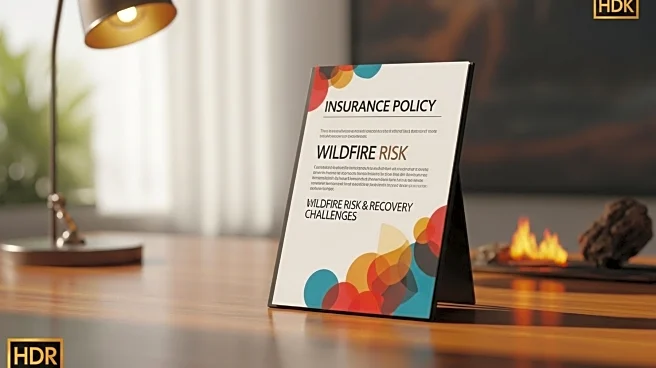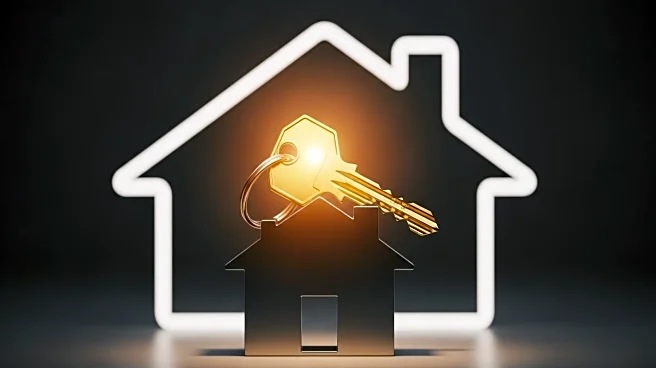What is the story about?
What's Happening?
Parametric wildfire insurance is emerging as a promising solution to address the challenges faced by homeowners in disaster-prone areas. Traditional insurance models have struggled to keep up with the increasing frequency of wildfires, leading to higher prices and reduced coverage options. Some insurance companies have even withdrawn from high-risk states. Parametric insurance offers automatic payouts based on predefined events, such as wildfires burning a certain number of acres or a government declaration of a state of emergency. This model provides a fixed sum payout quickly, often within days, without the need for exhaustive inspections by adjusters. The parametric model aims to fill gaps left by traditional insurance, offering flexibility in covering various losses, including income loss and evacuation costs.
Why It's Important?
The introduction of parametric wildfire insurance is significant as it addresses the shortcomings of traditional insurance models in disaster recovery. With the increasing frequency and severity of wildfires, many homeowners face gaps in coverage that can lead to financial hardship. Parametric insurance provides a transparent and efficient alternative, offering quick payouts based on objective data. This model can potentially revolutionize the insurance industry by providing more accessible protection to homeowners in high-risk areas. It also opens up opportunities for alternative financing and reinsurance, which can bring much-needed funding to communities affected by disasters. However, homeowners must be aware of the limitations, such as fixed payouts that may not cover all losses.
What's Next?
As parametric wildfire insurance gains traction, it is likely to see increased adoption in regions prone to wildfires. Insurance companies may expand their offerings to include parametric models, providing more options for homeowners seeking comprehensive coverage. Stakeholders, including government entities and insurance regulators, may need to establish guidelines and standards to ensure the effectiveness and reliability of parametric insurance. Homeowners will need to educate themselves on the specifics of parametric policies to make informed decisions about their coverage needs. The insurance industry may also explore similar models for other types of disasters, potentially leading to broader changes in disaster recovery strategies.
Beyond the Headlines
The shift towards parametric insurance models highlights broader trends in the insurance industry, including the need for innovation in response to climate change and increasing disaster risks. This development may prompt discussions on the ethical implications of insurance coverage and the responsibilities of insurers in providing adequate protection. The transparency and efficiency of parametric models could lead to changes in consumer expectations and demand for more straightforward insurance processes. Additionally, the focus on objective data for payouts may influence how insurers assess risk and develop new products, potentially leading to long-term shifts in the industry.
AI Generated Content
Do you find this article useful?













